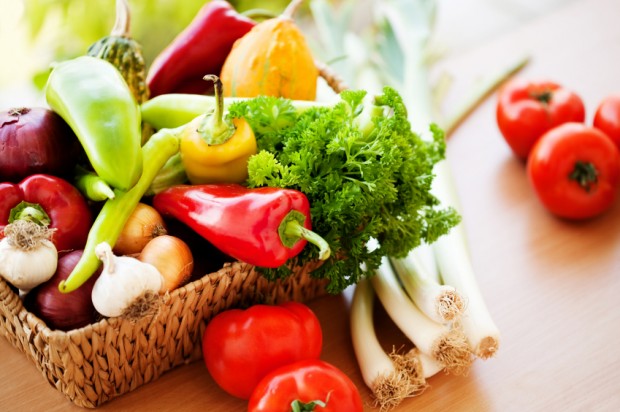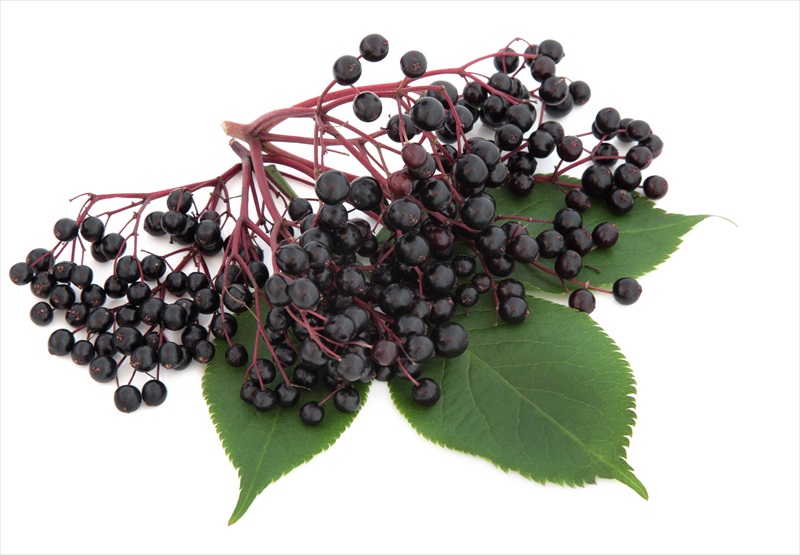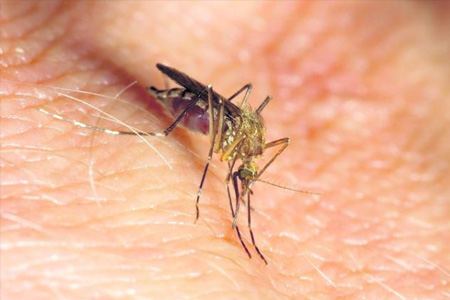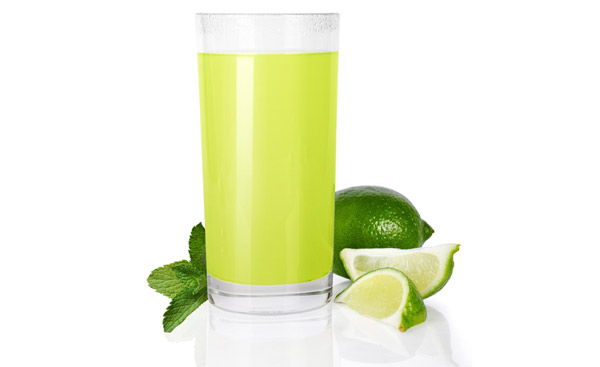 Candida is a fungus normally present in mouth, digestive tract, urinary tract and vaginal canal. However, it becomes invasive if it multiplies excessively. Poor nutrition, severe diets and digestion problems are some of the reasons that lead to candida infections. If you have problems with this type of infection or you’ve noticed a few symptoms lately, such as skin and nail fungal infections, digestive issues such as bloating, skin issues such as eczema, vaginal infections and strong sugar cravings, then you can follow a candida diet. However, going on a candida diet does not represent a cure. It simply reduces the number of bacteria from your body. Here are 5 things you must know about the candida diet.
Candida is a fungus normally present in mouth, digestive tract, urinary tract and vaginal canal. However, it becomes invasive if it multiplies excessively. Poor nutrition, severe diets and digestion problems are some of the reasons that lead to candida infections. If you have problems with this type of infection or you’ve noticed a few symptoms lately, such as skin and nail fungal infections, digestive issues such as bloating, skin issues such as eczema, vaginal infections and strong sugar cravings, then you can follow a candida diet. However, going on a candida diet does not represent a cure. It simply reduces the number of bacteria from your body. Here are 5 things you must know about the candida diet.
- Detox your body
This is the first step that must be taken and it means that you should clean your body because there are multiple toxins that enhance the development of candida. A classical detoxification routine implies drinking plenty of water, herbal teas and juices made of vegetables. People who really take this seriously should not eat any type of solid food for a few days.
- Lower candida production
In order to lower candida production, you can use a combination of antimicrobial plants for 15 days and then take a break for 5 days. The break is needed because this fungus may develop immunity to the used plants. Among the herbs that are effective for this problem are chicory, thyme, thistle, yarrow, eucalyptus, marigold, juniper, lavender, wild garlic, chamomile, celandine, sage, hay and garlic.
- Eat probiotics
Probiotic bacteria are very effective because they act directly on the intestinal flora by inhibiting the growth of harmful bacteria. Probiotics should be part of the candida diet because they help your body increase its resistance to infection and boost your immune system. You can keep your intestinal flora balanced if you eat natural yogurt, but not other dairy products. In addition, you should know that probiotic bacteria have the power to kill certain micro-organisms.
- Permanent diet change
Unfortunately, the candida diet is not efficient on long term unless you constantly include it in your eating habits. Among others, following the candida diet implies giving up on sugar and simple carbohydrates. This is because candida uses them in order to grow and multiply. If you are a slim person, this type of diet might determine you to lose a lot of weight, but luckily it is divided in 3 stages, which become more and more permissive. Eat coconut oil, garlic, ginger, onion, algae, olive, lemon, pumpkin seeds and red pepper to strengthen your immune system.
- Avoid harmful foods
Avoid eating harmful foods, such as yeast and yeast-containing products, vinegar and vinegar-containing products, mayonnaise, ketchup, sauces, mustard, soy sauce, pickles, green olives, mushrooms, peanuts, peanut butter and pistachios, alcohol, processed or blue cheese, processed meat products, sausages, bacon, pastrami, salami and so on. Also, an alkaline diet discourages the development of candida, so it would be recommended to eats lot of vegetables and other foods that help keep the body alkaline.










